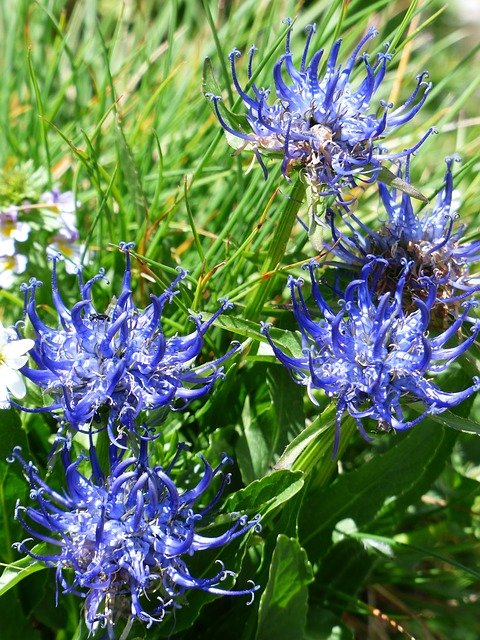
The devil’s claw ( Harpagophytum procumbens ) is a medicinal plant belonging to the Pedaliaceae family. Its properties were discovered by the populations of southern Africa who used it to treat digestive problems. Today it is very popular for its analgesic and anti-inflammatory action, which make it a valid remedy for back pain and joint problems. Let’s find out the characteristics and side effects of the Devil’s Claw.
Devil’s claw: characteristics and properties
Devil’s claw is a perennial, climbing herbaceous plant. The leaves are erect and fleshy; the single flowers are purple, the fruits are woody and equipped with hooked thorns.
Always used for the treatment of various problems of the osteo-articular system, devil’s claw contains Harpagosides in the root, responsible for its anti-inflammatory but also antipyretic action.
The devil’s claw is useful in case of tendinitis, osteoatritis, rheumatoid arthritis, back pain, headache, general neck pain, bruises, sciatica, arthrosis. In addition, the plant, rich in bitter principles, is also endowed with a hypo-cholesterol and hypo-uricemic action.
The side effects of the devil’s claw

Devil’s claw has several side effects. Being a hypoglycemic plant, it is contraindicated in case of diabetes already treated with drugs, as its intake could lead to bleeding.
Due to the presence of bitter substances, devil’s claw is not recommended in case of ulcers and gastritis, as it could lead to nausea, diarrhea and abdominal pain.
Furthermore, devil’s claw interacts with anticoagulant drugs and has a hypotensive effect, therefore its use is not recommended for those undergoing this type of therapy.
Avoid taking it even during pregnancy as the devil’s claw can stimulate uterine contractions, and for children under two years of age.






